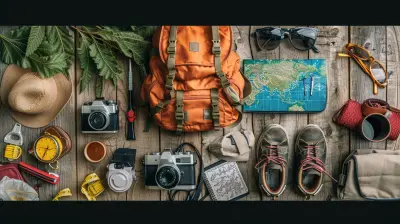Telling a Travel Story Through Your Photography
9 November 2025
There’s something magical about holding onto moments that pass by in the blink of an eye. When we travel, that magic becomes magnified. New cultures, awe-inspiring landscapes, quirky street scenes—each moment holds a story begging to be told. And there’s no better way to freeze those stories in time than through photography.
But let’s face it: snapping a random shot of a mountain or a plate of pasta doesn’t always do justice to what you felt in that moment. That’s where telling a travel story through your photography comes into play. It's not just about clicking the shutter; it's about capturing emotion, context, and character. Ready to turn your photos into vivid tales? Let’s dive in.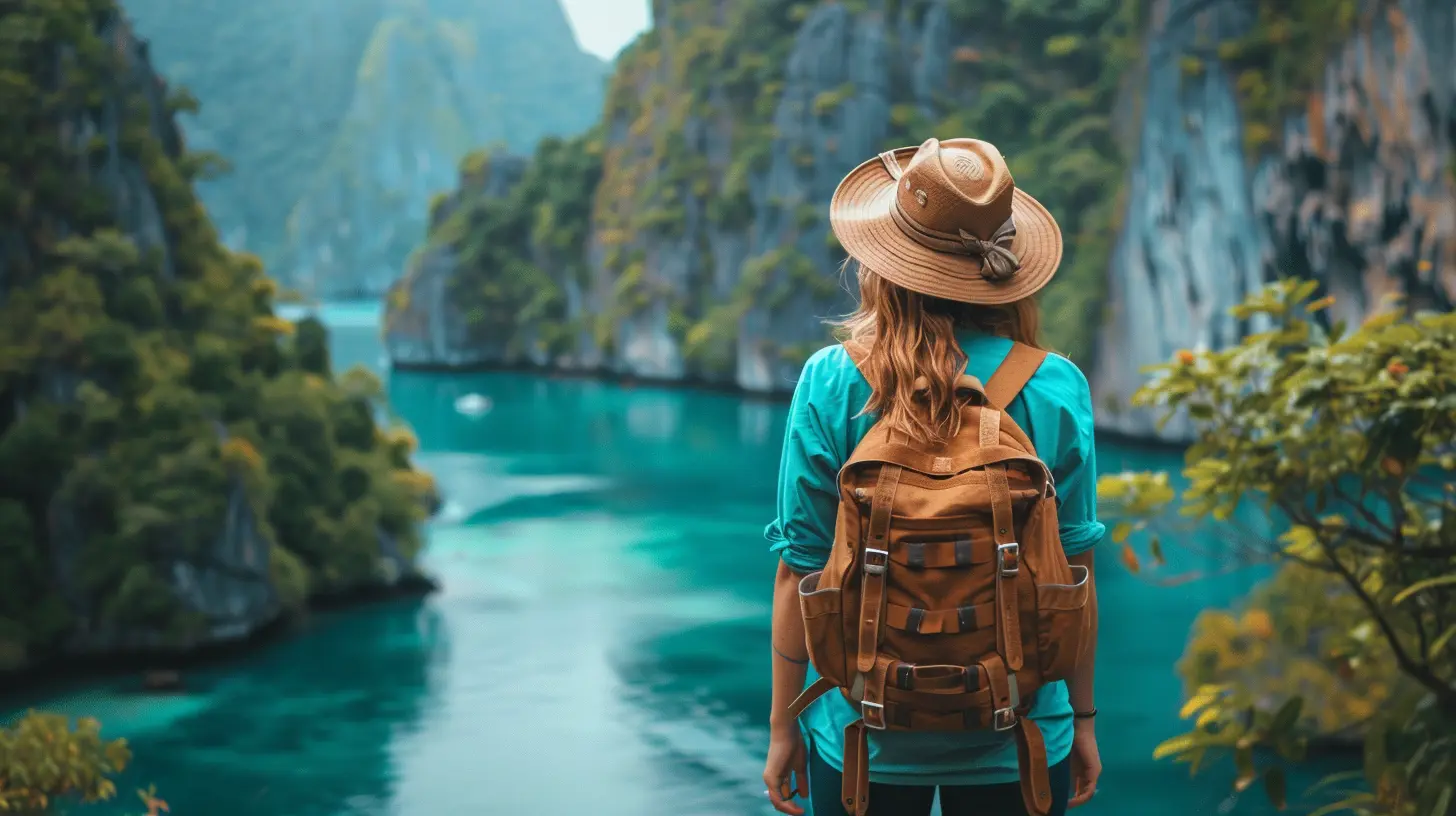
Why Travel Photography Is More Than Just "Pretty Pictures"
Sure, Instagram is full of jaw-dropping shots—sunsets over cliffs, food flat-lays, and picture-perfect beaches. But while these catch the eye, do they stir something deeper? Do they really say something about the experience?Travel photography with heart tells a story. Think of your camera as a pen and the world your notepad. Whether you're capturing the hustle of a Moroccan souk or the stillness of a misty Italian morning, you're writing a story through light, angle, and timing.
It’s not about being perfect—it’s about being present. And when you're present, you start seeing the small but powerful details that stitch a story together.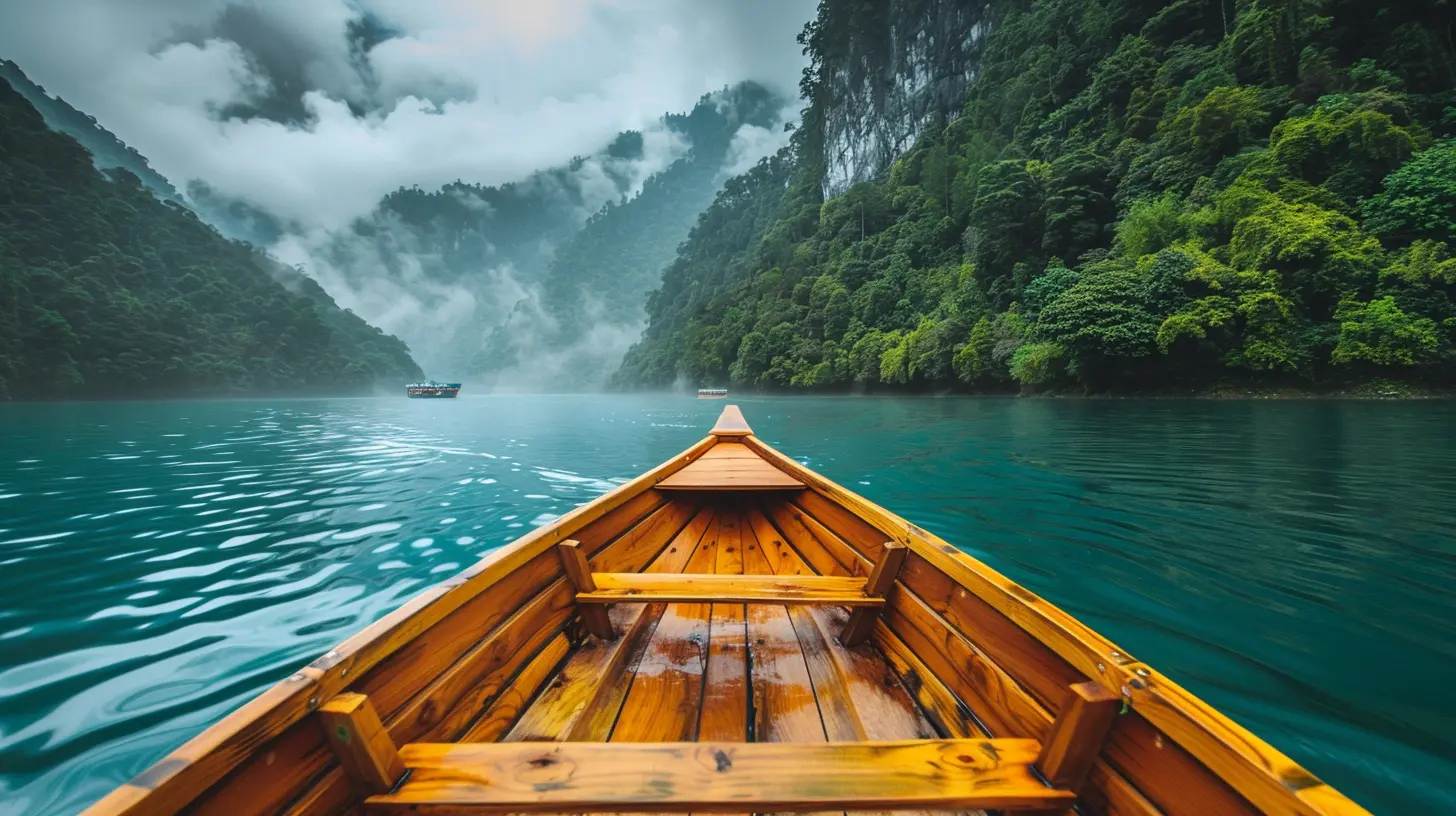
The Art of Observation: Slow Down, Look Closer
Let’s be real. When you're rushing from one tourist stop to the next, it’s easy to miss the moment. Want storytelling photos? Slow down.Watch Before You Shoot
Before you grab your camera, take a breath. Look around. Observe the way the light hits a cobblestone street or how a local vendor laughs while making chai. These moments don’t scream “photo op,” but they whisper “story.”Be Curious
Ask yourself:- What’s going on here?
- How do I feel in this moment?
- What’s unique about this place or this person?
The answers will guide your lens better than any photography rule.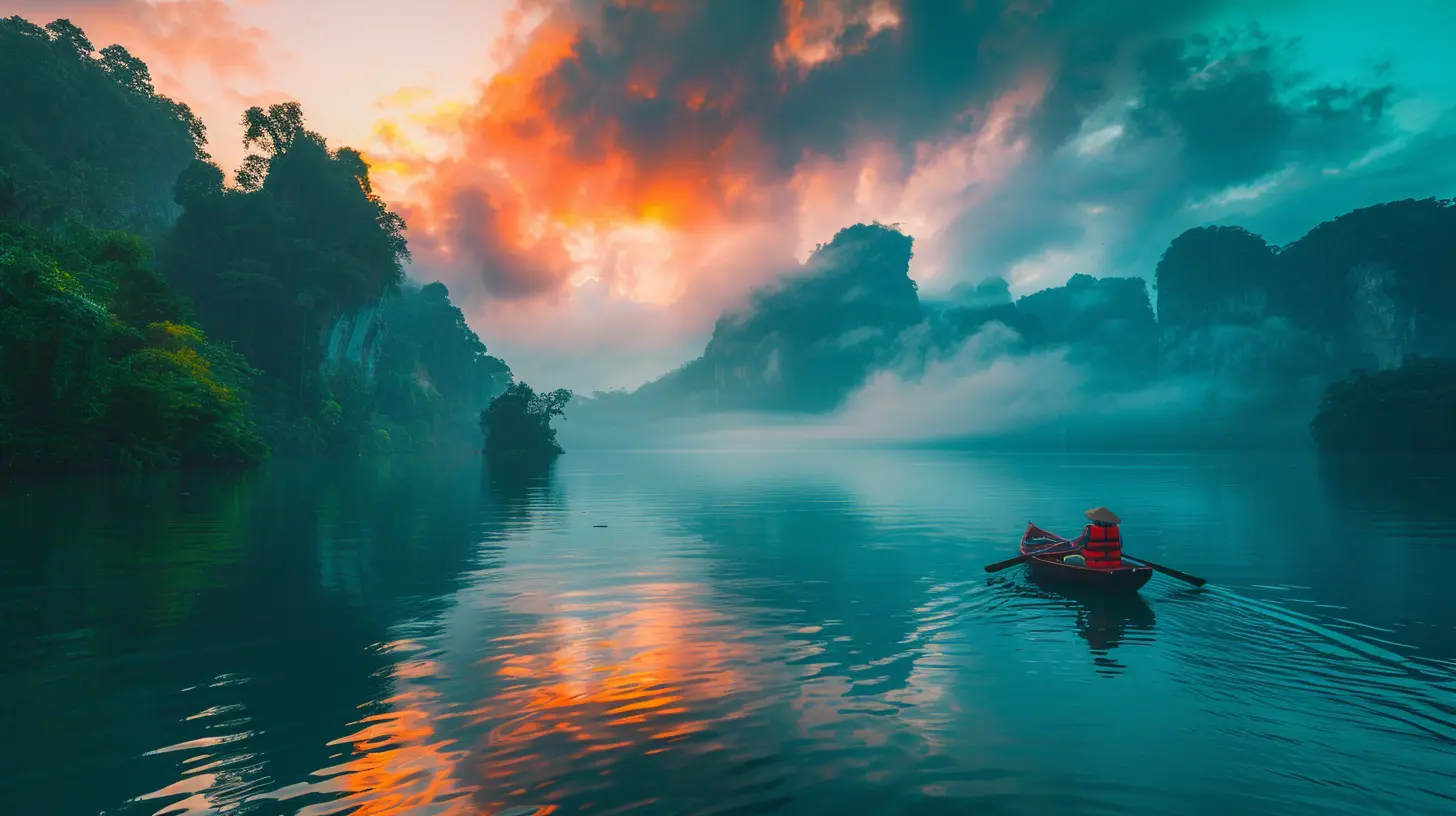
Composition Matters… But Not How You Think
Don’t worry—we’re not diving into a laundry list of composition rules. Sure, the rule of thirds and symmetry help, but storytelling composition is more about intention than technique.Frame for Feeling
If you're trying to capture the loneliness of a wide-open desert, let the subject (maybe you!) be small in the frame. Want to show the chaos of a bustling market? Fill the frame with overlapping people and colors. It’s about making the viewer feel something.Layers Add Depth
Great storytelling photos have layers—foreground, middle, and background. They lead the eye naturally and create a sense of place. It's like writing a scene with a beginning, middle, and end.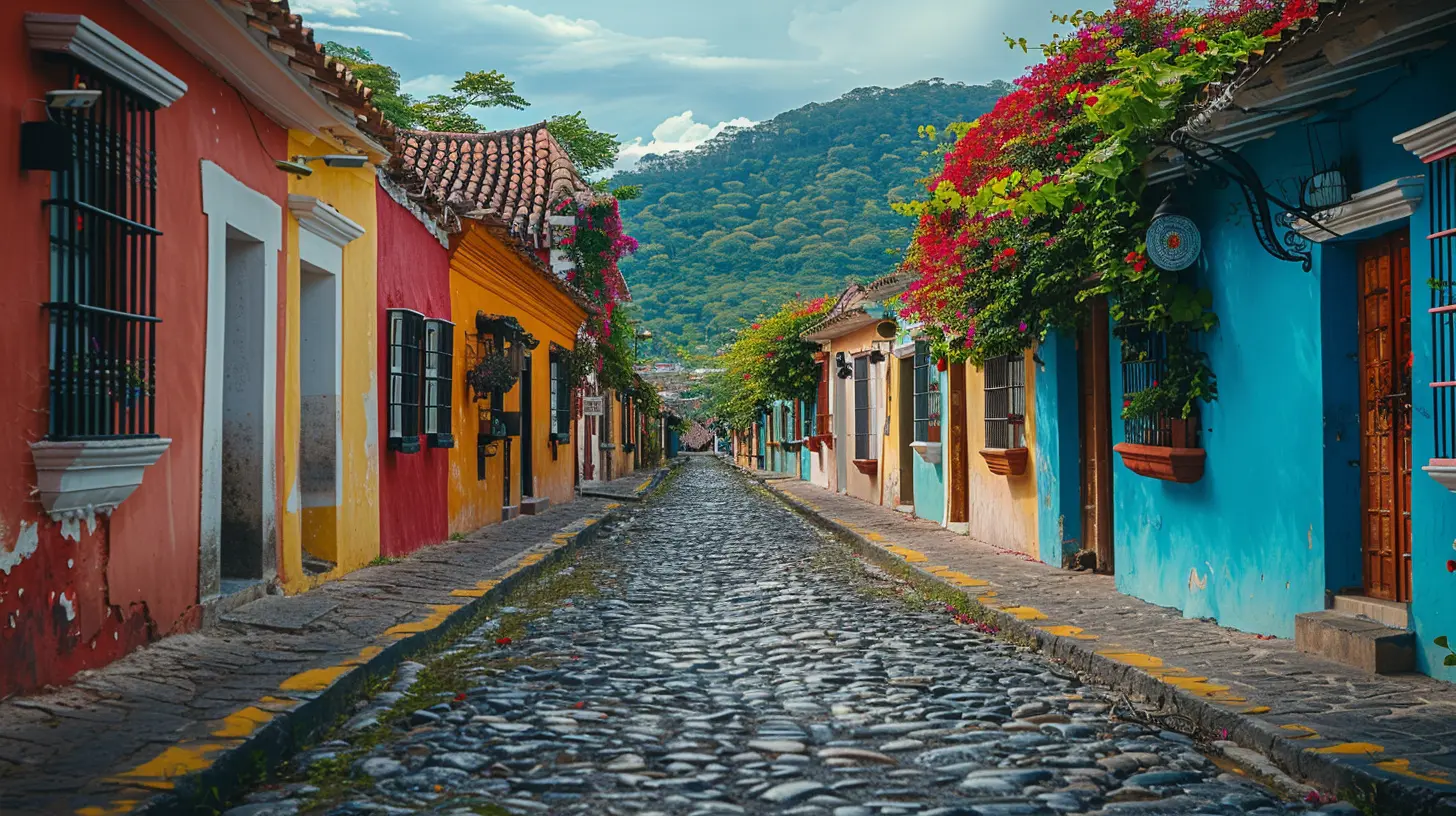
People: The Heartbeat of Your Travel Story
Let’s get one thing straight: landscapes are stunning, but people? They make your story pulse with life.Ask for Permission
Snapping candid photos is cool, but if someone’s the main subject, it’s always best to ask. Not only is it polite, but it often leads to genuine connections—and better photos.Imagine this: you ask a local fisherman for a photo. He agrees, and you end up hearing his story: he’s been fishing the same waters for 40 years. That’s not just a shot—it’s a chapter.
Capture Emotion, Not Poses
We’ve all seen those stiff “tourist with local” photos. They’re fine, but the real gold is candid emotion—laughter, concentration, curiosity. These fleeting expressions are universal and timeless.Travel Light, Shoot More
You don’t need crazy gear to tell a compelling story. In fact, lugging around a massive camera setup can slow you down.What’s in My Bag?
Personally, I stick with:- A mirrorless camera (lightweight and powerful)
- A versatile lens (24–70mm does the trick)
- My phone (for those quick, on-the-go moments)
Remember, the best camera is the one you’ve got with you when the moment happens.
Chasing Light: Your Secret Storytelling Superpower
If photography is painting with light, then natural light is your color palette.Golden Hour Glory
You’ve probably heard of it, but golden hour (the hour after sunrise and before sunset) is pure magic. It softens the scene, adds warmth, and makes everything look like a fairytale.Shadows and Mood
Midday light is harsh, but it creates dramatic shadows—perfect for architectural shots or moody street scenes. Rainy or overcast? That diffused light makes colors pop and brings out emotional depth.So, don’t hide from “bad” weather or unflattering light. Instead, use it. Play with it. It might just become a key character in your story.
Tell a Series, Not a Single Shot
One photo can be powerful—but a series? That’s a novel.Think in Story Arcs
Start with a wide shot to set the scene. Bring in a medium shot to give context. Then zoom in for the details—a hand stirring a coffee, a child’s smile, the texture of a market spice.When you view your images as part of a visual diary, each photo becomes a sentence in a story. And when strung together? They turn into a beautiful, cohesive narrative.
Post-Processing: Painting Your Final Strokes
Editing isn’t cheating—it’s storytelling refinement. It’s where you enhance mood, correct colors, and bring your vision to life.Keep It Real
Avoid going overboard. Over-saturation or excessive filters can make your images look more artificial than authentic. Remember, we’re telling a true story, not a sci-fi fantasy.Edit With Intention
Think: What emotion am I trying to evoke? If it’s nostalgia, maybe go for a faded matte look. If it’s adventure, boost the contrast and vibrancy. There’s no universal “right”—just what’s right for the moment.Words and Captions: Don’t Skip the Storytelling Glue
Let’s not forget the story doesn’t end with the photo. Your words matter too.Be Honest, Be Brief
A short caption with a powerful message can enrich your photo tenfold. Share a snippet of what was happening, what you felt, or something quirky that gives it more character.Instead of “Sunrise in Bali 🌅,” try “Woke up groggy at 5 AM, almost bailed. Glad I didn’t—this moment was worth every mosquito bite.”
It’s not about being poetic. It’s about being you.
Practice Makes Passion
Yeah, it sounds cliché, but storytelling through photography is a lifelong dance. The great news? You get better simply by doing it.Take lots of photos, review them, and ask yourself:
- What worked?
- What’s missing?
- How would I tell this story better next time?
Over time, you’ll start seeing the world not just as a traveler—but as a storyteller with a camera.
Conclusion: Your Camera is a Time Machine
When you think about it, taking a travel photo is like bottling stardust. You’re freezing a split-second of time, emotion, place, and light—all in one frame. And when done right, your photos don’t just show where you’ve been; they whisper the stories of who you were and how you felt in that moment.Telling a travel story through your photography isn't about being perfect—it’s about being authentic, staying curious, and shooting with your heart as much as your eyes.
So pack your gear, embrace the chaos, talk to strangers, chase the light, and click with intention. Your next great story is out there... waiting to be captured.
all images in this post were generated using AI tools
Category:
Travel PhotographyAuthor:

Pierre McKinney
Discussion
rate this article
1 comments
Tristan McVeigh
Capture moments, evoke emotions, share your journey!
November 14, 2025 at 5:07 AM

Pierre McKinney
Thank you! Photography is indeed a powerful way to connect and share our experiences.

